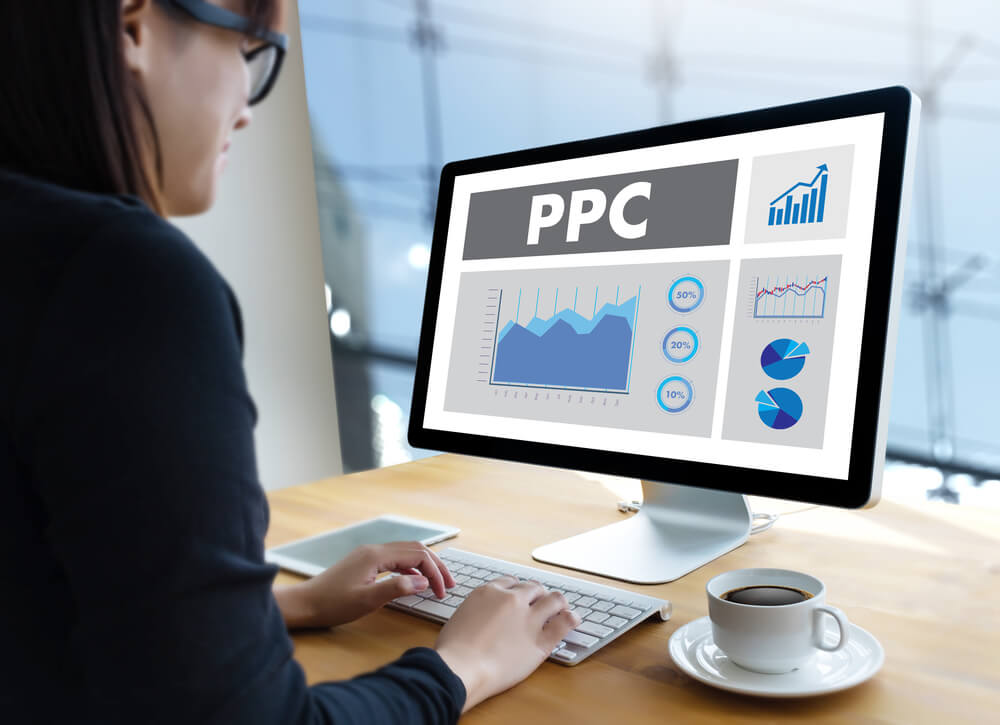
PPC Targeting: Solid Tips for a Successful Campaign Strategy
Developing a targeting strategy for pay-per-click (PPC) marketing is critical for it to succeed. Businesses that overlook PPC targeting could engage the wrong visitors, wasting time, money, and effort in their campaigns.
This guide lists effective strategies for local PPC targeting:
- Perform targeting with specific demographics.
- Focus on corporate targeting.
- Highlight the buyer’s conversion intent.
- Consider the geographical location.
- Retarget customers.
- Understand lookalike audiences.
- Include behaviors, interests, and topics.
Find out how a local PPC management agency boosts targeting. Let’s go!
If you want to learn how Digital Authority Partners can increase your PPC effectiveness, watch this video!
1. Perform Targeting with Specific Demographics
Google Ads and most social media ad platforms offer demographics targeting. Demographics are data describing a specific group of people and their characteristics. These include age, gender, race, and household income.
Data used in demographic targeting comes from user profiles and behaviors collected by ad platforms. PPC marketing uses the information to create highly focused ad campaigns and offers to guarantee conversions.
Some of the best practices for performing PPC targeting using demographics are the following:
- Check out new Google Ads improvements. An example is new audience reporting, which details the audience’s segments, demographics, and exclusions.
- Combine demographic targeting with other methods, such as corporate or lookalike targeting.
- Match the ads to specific demographics through exclusion. For instance, exclude men when running an ovarian cancer awareness advertisement.
2. Focus on Corporate Targeting

If you are a business-to-business (B2B) company, explore targeting using corporate connections. Case in point, LinkedIn offers an extensive range of targeting options to develop a hyper-focused campaign. These include the following:
- Name of the company
- Industry
- Size
- Job function and position/title
- Schools attended
- Degrees or fields of study
- Skills
- Groups
- Gender
- Age
- Years of experience
Improve your corporate-targeting approach further with these techniques:
- Research the target market. Learn more about their company and their position in the business.
- Develop customer personas to improve targeting. Give it a clear, specific name, use a photo of a real person, and develop profiles according to their personalities and priorities.
- Simplify and clarify the ad’s value proposition.
- Update ad creatives regularly to ensure effectiveness, avoid audience fatigue, and decrease cost per click.
3. Highlight the Buyer’s Conversion Intent
Knowing the buying cycle is valuable when adjusting PPC marketing strategies. A customer, whether B2B or B2C, undergo four stages in their journey:
- Awareness
- Consideration
- Purchase
- Advocacy
Effective PPC usually focuses on people already further along the buying cycle, such as those in the consideration stage. These leads are more likely to convert to customers, so messaging to them should differ from prospects in the awareness stage.
Adopt targeting using conversion intent, available in Google Ads and Microsoft Ads, with these ideas:
- Use conversion intent targeting layers such as match type, geography, language, device, and retargeting.
- Consider differences in behavior in device layers. For example, desktop users might linger in the consideration stage because they have more time to browse.
- Match the value proposition, creative, and ad copy to the specific buyer’s stage.
- Monitor keywords and determine which leads to the largest purchase and the lowest cost per sale.
- Understand how match types work and their effect on PPC campaign performance.
4. Consider the Geographical Location

Geographic targeting involves PPC ads intended for a specific audience within a particular area. Whether a company is local or national, this method helps create a more personalized customer experience.
These techniques can help marketers use geographic targeting in their PPC ads:
- Ask if adding a localized ad and landing page makes sense or if it looks inauthentic.
- Add the name of the city or cities in the keywords. For businesses offering services for different locations, create a landing page for every area.
- Include local information in the ad copy or landing page. Use landmarks, language, weather, and other relevant information.
- Monitor targeting to determine how ads perform in every location, city, or zip code.
- Use tools such as Google Analytics to learn where to run ads and perform other marketing campaigns.
5. Retarget Customers
Retargeting is an ad strategy that helps businesses win back customers who interacted with their copy but did not convert or those who visit the product site or landing page to compare their options.
Retargeting customers increases conversions because you bring lost opportunities back to the business. How do you do it, though?
Marketers use these PPC targeting strategies to build a successful remarketing campaign:
- Define the audience for retargeting. These can be people who abandoned their shopping carts, interacted with the brand on social media, or checked out the website without buying.
- Develop custom ad creative tailored to the audience.
- Set retargeting ads frequency. Send ads at least 15 to 20 times in one month to avoid annoying the audience.
- Test and iterate retargeting ads. These include messaging, creatives, calls to action (CTAs), headings, and ad descriptions.
- Monitor retargeting campaigns using analytics tools. Track engagement and conversions to adjust campaigns as necessary.
6. Understand Lookalike Audiences

Facebook offers lookalike audiences, derived from custom audiences, to help businesses make ads targeting new individuals who either have interests aligned with the business or exhibit traits similar to current customers.
As a marketer, you can select a percentage range on how closely the lookalike audience matches the original and improve the campaign with these techniques:
- Choose quality sources to create lookalike audiences. Focus on the best customers to produce the best results.
- Use A/B testing to find out the best-performing lookalike audience.
- Include other parameters when creating lookalike audiences. Add age, gender, and interests.
- Gather information from other sources such as video audiences, website visitors, and email audiences. Usually, recent interactions provide the best results.
7. Include Behaviors, Interests, and Topics
An audience’s preferred topics or interests usually predict their buying behavior and assist in tailoring PPC ads. For example, someone who liked and joined groups about “Star Trek” might also like to purchase Trekkie merchandise.
Google Ads and Facebook offer targeting options based on interests, behaviors, and topics. To use this targeting strategy effectively, remember these tips:
- Research your audience’s interests, behaviors, and topics, and regularly keep track of any changes.
- Broaden your audience knowledge with Facebook’s behavior targeting feature, which integrates third-party data.
- Use Google Ads for topic targeting.
- Partner with a local PPC agency to launch and run effective targeting campaigns based on behaviors, interests, and topics.
Summing Up
Follow these PPC targeting strategies for cost-effective PPC campaigns. Use demographics, corporate connections, buyer’s conversion, and geographical location to produce more targeted ads.
Apply retargeting, lookalike audiences and behaviors, interests, and topics to ensure that your copy reaches the intended market.
If you want to learn more about paid ads targeting and how the right strategy can boost your marketing campaigns, partner with a local PPC management agency. Contact Digital Authority Partners (DAP) now.
Want To Meet Our Expert Team?
Book a meeting directly here




